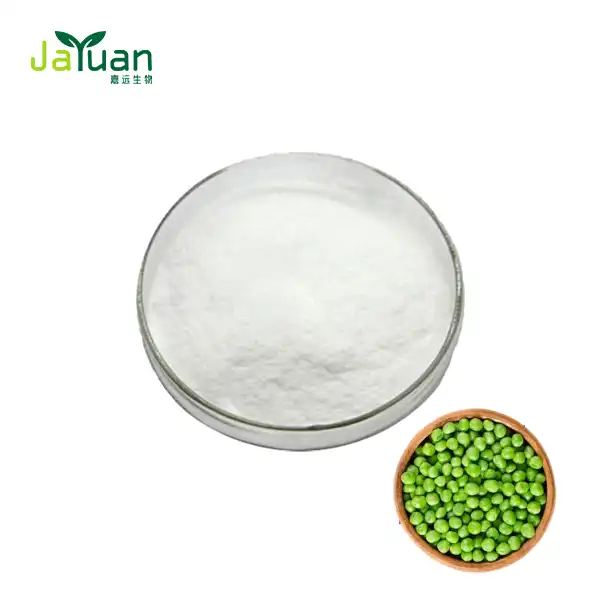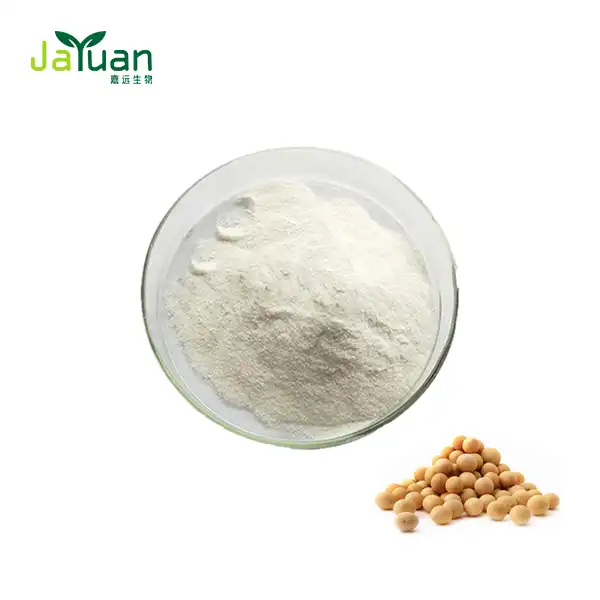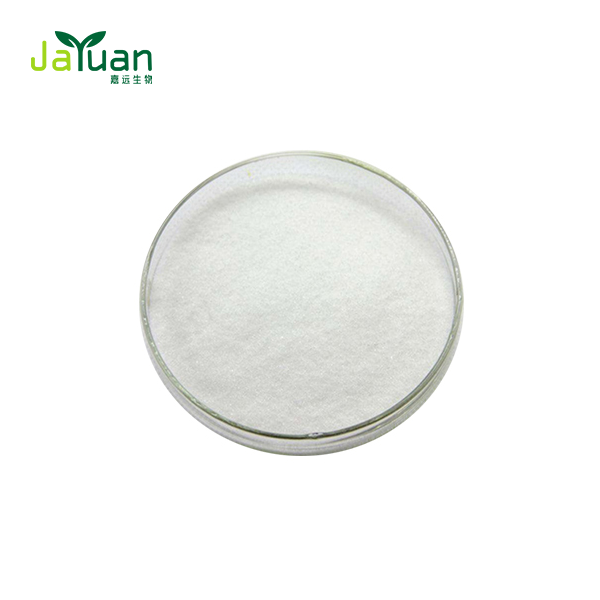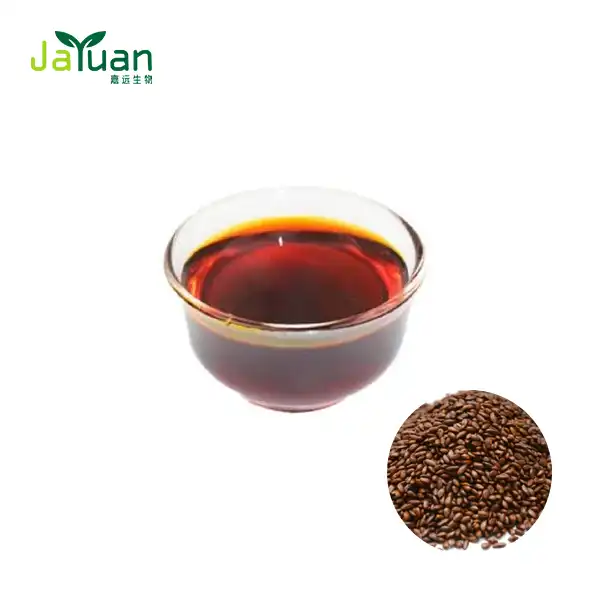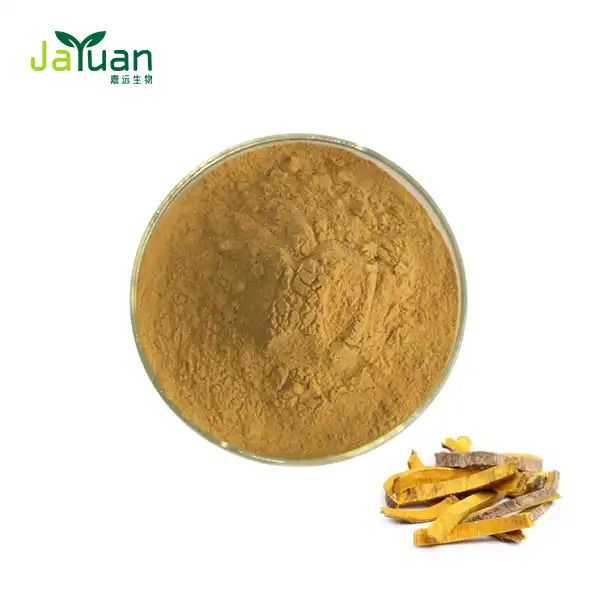What’s the Role of Zein Peptides in Cosmetics?
In the ever-evolving world of cosmetics, innovative ingredients are constantly emerging to enhance the effectiveness of skincare products. One such ingredient that has been gaining attention is zein peptides. Derived from corn protein, these unique peptides offer a range of benefits for skin health and appearance. This article delves into the role of zein peptides in cosmetics, exploring their potential to boost collagen production, enhance moisture retention, and how they compare to other popular peptides like silk peptides.

Can Zein Peptides Boost Collagen Production in Skin?
Collagen is a crucial protein that maintains skin elasticity and firmness. As we age, collagen production naturally decreases, leading to the formation of wrinkles and sagging skin. This is where zein peptides come into play.
Research suggests that zein peptides may have the potential to stimulate collagen synthesis in the skin. These peptides contain specific amino acid sequences that can penetrate the skin's outer layer and interact with fibroblasts, the cells responsible for producing collagen.
When applied topically, zein peptides may:
- Signal to fibroblasts to increase collagen production
- Provide building blocks for new collagen formation
- Help protect existing collagen from degradation
While more studies are needed to fully understand the extent of zein peptides' collagen-boosting abilities, initial findings are promising. Cosmetic formulators are increasingly incorporating these peptides into anti-aging products to help improve skin texture and reduce the appearance of fine lines and wrinkles.
It's important to note that the effectiveness of zein peptides in boosting collagen production can vary depending on factors such as concentration, formulation, and individual skin type. For optimal results, consistent use of products containing zein peptides, along with a comprehensive skincare routine, is recommended.

Film-Forming Properties for Enhanced Moisture Retention
One of the most notable characteristics of zein peptides powder is its ability to form a protective film on the skin's surface. This film-forming property offers several benefits in cosmetic applications:
Moisture Barrier: The film created by zein peptides acts as a barrier, helping to prevent transepidermal water loss (TEWL). By reducing water evaporation from the skin, these peptides can significantly improve skin hydration levels and maintain moisture balance.
Occlusive Effect: The occlusive nature of the zein peptide film can enhance the penetration of other active ingredients in skincare formulations. This can lead to improved efficacy of moisturizers, serums, and other treatment products.
Smoothing Action: The film formed by zein peptides can temporarily fill in fine lines and wrinkles, creating a smoother appearance on the skin's surface. This makes zein peptides particularly useful in primers and other cosmetic products designed to improve skin texture.
Extended Release: The film-forming property of zein peptides can also be utilized to create controlled-release systems for other active ingredients. This can prolong the effectiveness of skincare products and provide sustained benefits throughout the day.
Formulators can leverage these unique properties of zein peptides to create innovative skincare and cosmetic products that offer both immediate and long-lasting benefits. For example:
- Hydrating serums that provide a long-lasting moisture boost
- Makeup primers that smooth skin texture and enhance product longevity
- Night creams that lock in moisture and active ingredients while you sleep
- Sunscreens with improved water resistance and extended protection
The film-forming ability of zein peptides not only enhances moisture retention but also contributes to the overall performance and sensory experience of cosmetic products. This multifunctional aspect makes zein peptides a valuable ingredient in modern skincare formulations.
How Do They Compare to Silk Peptides in Formulations?
When it comes to peptides in cosmetic formulations, silk peptides are often considered a gold standard due to their well-established benefits. However, zein peptides offer unique properties that make them a compelling alternative or complementary ingredient. Let's compare these two types of peptides:
Origin and Composition:
- Zein Peptides: Derived from corn protein, rich in hydrophobic amino acids
- Silk Peptides: Obtained from silk fibroin, composed of glycine, alanine, and serine
Film-Forming Abilities:
- Zein Peptides: Form a strong, water-resistant film
- Silk Peptides: Create a softer, more flexible film
Moisture Retention:
- Zein Peptides: Excellent at preventing water loss through occlusion
- Silk Peptides: Provide hydration through moisture-binding properties
Skin Penetration:
- Zein Peptides: May have limited penetration due to larger molecule size
- Silk Peptides: Generally have better skin penetration capabilities
Antioxidant Properties:
- Zein Peptides: Moderate antioxidant activity
- Silk Peptides: Strong antioxidant properties
Texture and Feel:
- Zein Peptides: Can provide a smoother, more matte finish
- Silk Peptides: Often impart a silky, luxurious feel
While both zein and silk peptides offer valuable benefits in cosmetic formulations, their unique properties make them suitable for different applications. Zein peptides excel in creating protective barriers and enhancing moisture retention, making them ideal for products designed to combat dry skin or improve product longevity. On the other hand, silk peptides are often preferred in anti-aging formulations due to their superior penetration and antioxidant properties.
Innovative formulators are increasingly exploring the potential of combining both types of peptides to create synergistic effects. For example, a serum might use silk peptides for their anti-aging benefits while incorporating zein peptides to enhance moisture retention and provide a smooth finish.
The choice between zein peptides and silk peptides – or the decision to use both – ultimately depends on the specific goals of the cosmetic product and the desired effects on the skin. By understanding the unique properties of each type of peptide, formulators can create more effective and targeted skincare solutions.
Conclusion
Zein peptides offer a range of benefits in cosmetic formulations, from potentially boosting collagen production to enhancing moisture retention through their unique film-forming properties. While they may not replace silk peptides in all applications, zein peptides provide formulators with another valuable tool for creating innovative and effective skincare products. As research continues, we can expect to see even more exciting applications for zein peptides in the world of cosmetics. Are you interested in incorporating zein peptides into your cosmetic formulations? Xi'an Jiayuan Bio-Tech offers high-quality zein peptides powder for your product development needs. Contact us at sales@jayuanbio.com, sales1@jayuanbio.com to learn more about our products and how we can support your cosmetic innovation journey.
References
1. Zhang, L., et al. (2020). "Zein-based films and their usage for controlled delivery: Origin, classes and current landscape." Journal of Controlled Release, 327, 834-851.
2. Wang, Y., et al. (2019). "Zein/cyclodextrin hybrid nanoparticles as potential oral delivery vehicles for curcumin." International Journal of Pharmaceutics, 562, 142-150.
3. Patel, A.R., & Velikov, K.P. (2014). "Zein as a source of functional colloidal nano- and microstructures." Current Opinion in Colloid & Interface Science, 19(5), 450-458.
4. Reddy, N., & Yang, Y. (2011). "Potential of plant proteins for medical applications." Trends in Biotechnology, 29(10), 490-498.
5. Shukla, R., & Cheryan, M. (2001). "Zein: the industrial protein from corn." Industrial Crops and Products, 13(3), 171-192.
6. Corradini, E., et al. (2014). "Recent advances in food-packing, pharmaceutical and biomedical applications of zein and zein-based materials." International Journal of Molecular Sciences, 15(12), 22438-22470.

